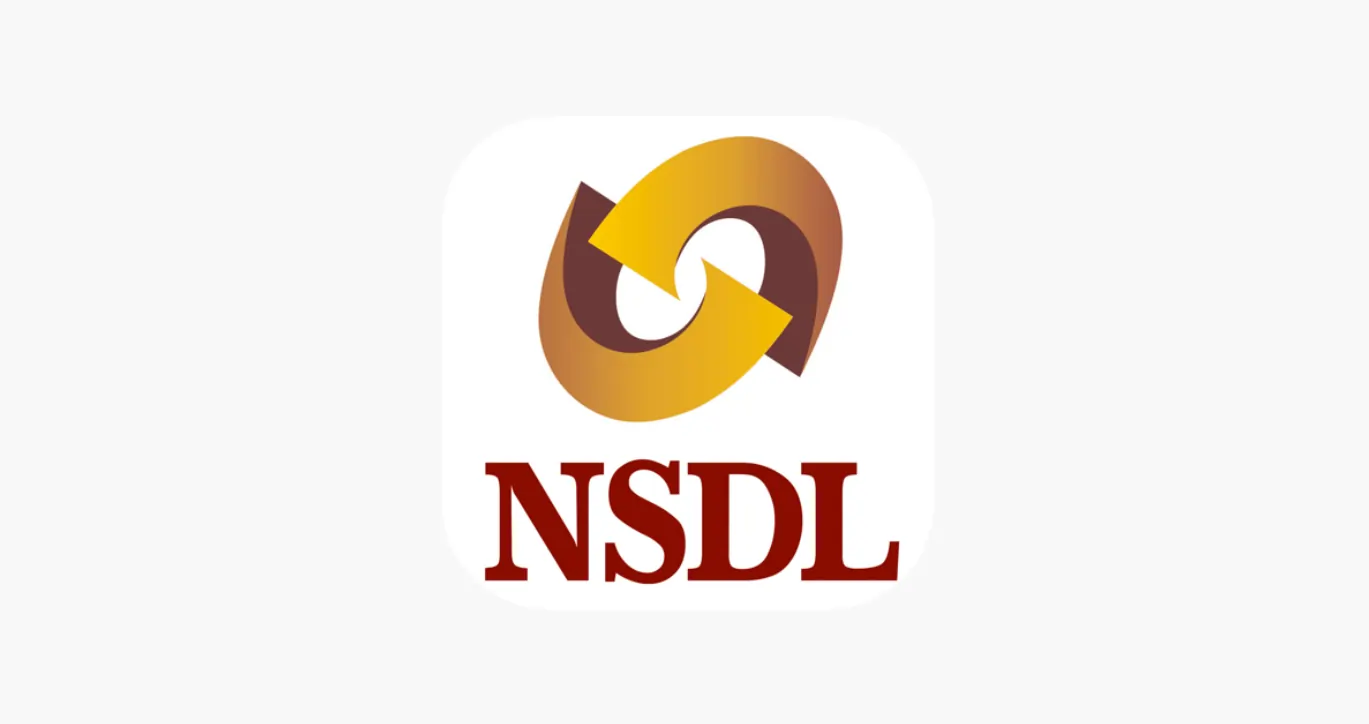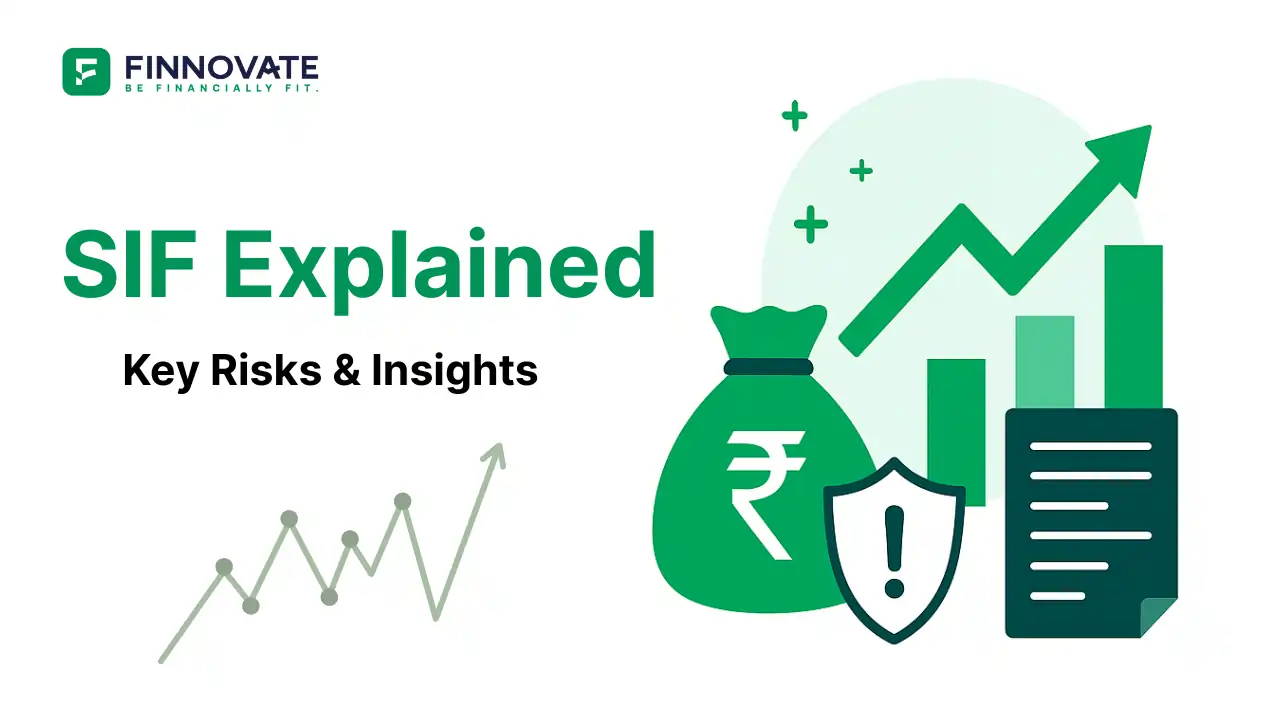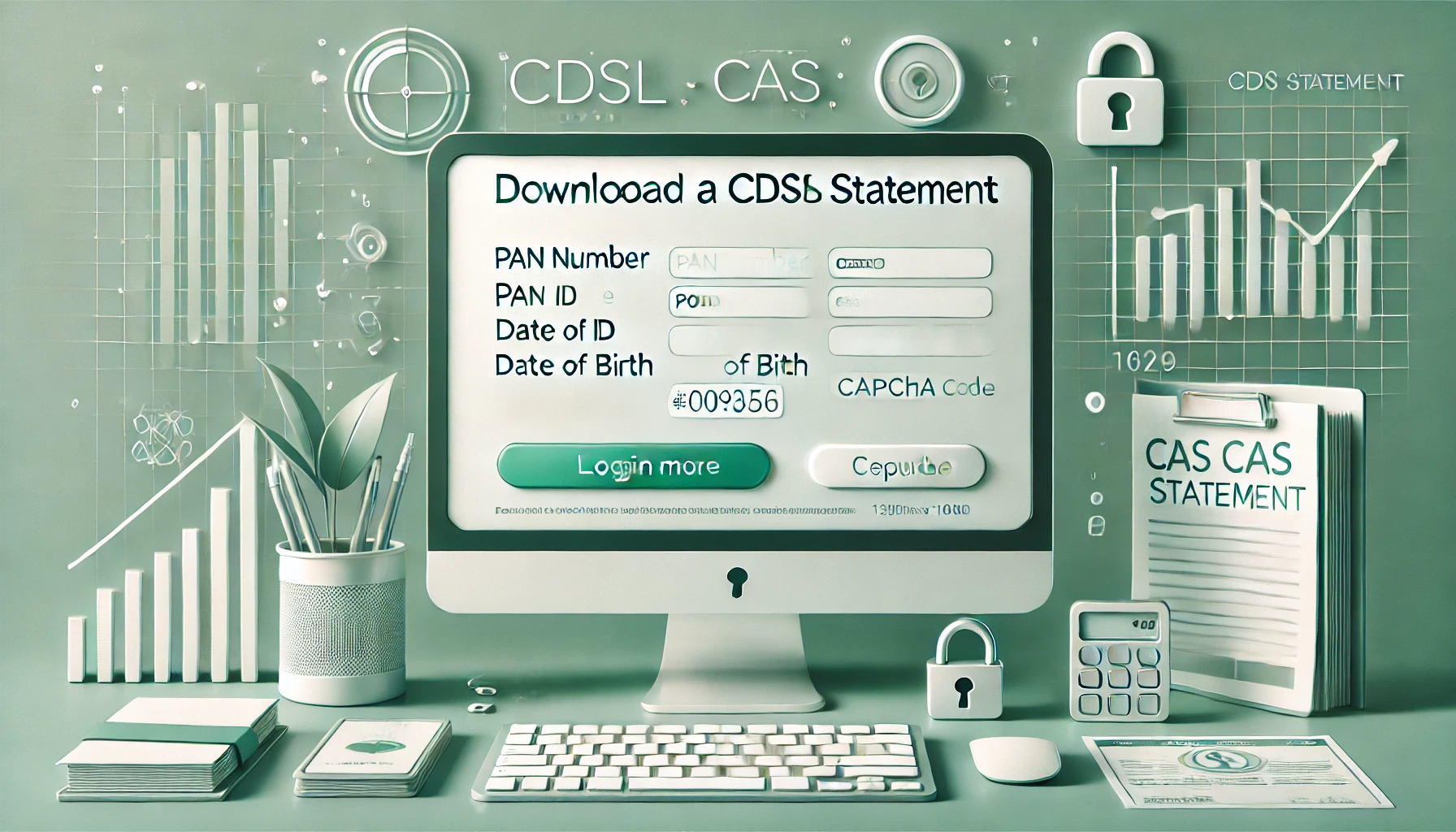
Warren Buffett Retires: Is Long-Term Investing Reaching Its Limits?
Warren Buffett’s retirement raises a bigger question for investors - can “hold forever...
You've done it. Whether through years of disciplined investing, a successful business exit, or high-income savings - you've built a ₹5 crore portfolio.
But now comes the real question: What next?
Can you retire? Should you restructure your portfolio? How do you protect what you’ve built and live off it comfortably?
Let’s walk through the big decisions you now face - through the lens of financial planning frameworks used by SEBI-registered advisors and global best practices.
Before you change gears, take a full financial health check - just like your doctor would do before changing medication.
Ask yourself:
Checkpoint: A ₹5 Cr corpus may feel large, but without clarity on your monthly outflows, it’s just a number.
Let’s simulate some commonly-used financial planning cases:
Framework Used: Safe Withdrawal Rate (SWR) logic + real return modeling
Insight: ₹5 Cr is enough for many - but the result depends on:
Once your corpus is built, the game shifts from growth → capital protection + income stability.
| Asset Class | Allocation | Rationale |
|---|---|---|
| Debt (Target Maturity, G-Secs, FDs) | 40–50% | Predictable returns, capital safety |
| Equity (Large Cap, Balanced Funds) | 30–40% | Long-term inflation-beating growth |
| Real Estate / REITs | 10–20% | Income + diversification |
| Gold / Commodities | 5% | Hedge against inflation |
| Emergency & Health Fund | 1–2 years' expenses | Must-have liquidity buffer |
Advisor Note: Prefer target maturity funds holding over 35% in G-Secs or PSU bonds, as these may still qualify for indexation benefits post-April 1, 2023. Pure debt funds without this structure now follow slab-based taxation.
Living off your corpus? Use a cash flow ladder, not withdrawals based on gut feel.
| Method | Benefits |
|---|---|
| SWP (Systematic Withdrawal Plan) | Tax-efficient for equity/debt MFs (LTCG applies) |
| FD Laddering / Debt MFs | Predictable income flow |
| SCSS (post-60) | 8%+ government-backed income |
| Rental income | If you own real estate with strong yield |
Diversify sources. A SEBI-registered advisor would typically blend these based on:
Taxes can quietly eat into your monthly income if you don’t plan proactively.
Tax Arbitrage Ideas:
A ₹5 Cr corpus is not bulletproof. Here’s what advisors stress-test for:
| Risk Type | Mitigation |
|---|---|
| Health Shocks | ₹25–50L health cover + ₹10L emergency corpus |
| Sequence of Return Risk | Don't front-load withdrawals from equity after a crash |
| Lifestyle Creep | Stick to a planned SWP budget |
| Tax Policy Changes | Stay updated via advisor or credible sources (e.g., SEBI, IT Portal) |
| Equity Overexposure | Rebalance annually - not emotionally |
Most planners run Monte Carlo simulations to model 1,000+ future paths for your portfolio - ask for this if you’re unsure.
When you’re managing ₹5 Cr or more, advisory mistakes are costlier than fees.
Seek:
Avoid following portfolio advice from WhatsApp, YouTube, or relatives. Good planning is personalized, not templated.
| Task | Why It Matters |
|---|---|
| Recalculate Your Monthly Expense Budget | Aligns withdrawal rate with real lifestyle |
| Segment Corpus by Purpose (Goal Buckets) | Long-term, medium-term, emergency - all need separate treatment |
| Rebalance Portfolio | Shift focus from growth to stable income + inflation hedge |
| Review Health Insurance & Emergency Corpus | Protects against medical or life shocks |
| List Income Sources & Tax Buckets | Helps structure SWP, FD, SCSS, rent etc. efficiently |
| Speak with a SEBI-Registered Advisor | Professional lens avoids expensive DIY mistakes |
| Update Your Nominees / Will | Ensure smooth transition of wealth |
| Component | Corpus | Expected Annual Return | Annual Income | Notes |
|---|---|---|---|---|
| Debt (TMFs, G-Sec, SCSS) | ₹3.0 Cr | ~6% | ₹18L | Stable, low-risk |
| Equity (SWP-oriented MFs) | ₹1.5 Cr | ~4% SWP | ₹6L | Liquidity + growth |
| REITs / Rental Real Estate | ₹0.4 Cr | ~7% | ₹2.8L | Optional |
| Gold / Commodities | ₹0.1 Cr | Variable | - | Hedge, not income |
| Emergency Fund (FDs) | ₹0.1 Cr | - | On standby | 1 year of expenses |
→ Total Annual Income: ₹26.8L
→ Monthly Income: ₹2.23L (post-tax may vary based on structure)
Adjust numbers based on your own goals and city of residence. Always run these projections with a financial planner for accuracy.
Use our FIRE Calculator or Book a SEBI-registered 1-on-1 consultation to explore:
You’ve done the hard part - earning, saving, staying invested.
Now it’s time to:
Your money should now serve you - not the other way around.
Yes, if your lifestyle expectations are modest and inflation is factored in. For Tier-2/3 cities and conservative withdrawal strategies, it’s very workable.
At 6% post-tax returns, you can withdraw ~₹2.5L/month (₹30L/year) for ~25–30 years, assuming no shocks or overspending.
Yes, with a balanced approach. Consider equity (30–40%), debt (target maturity), and SWP-compatible funds - based on risk appetite.
Disclaimer: This content is for educational purposes only and is not investment advice. Please consult a SEBI-registered advisor before making financial decisions.
Popular now

Learn how to easily download your NSDL CAS Statement in PDF format with our step-by-step g...

Explore what Specialised Investment Funds (SIFs) are, their benefits, taxation, minimum in...

Learn How to Download Your CDSL CAS Statement with our step-by-step guide. Easy instructio...

Looking for the best financial freedom books? Here’s a handpicked 2026 reading list with...